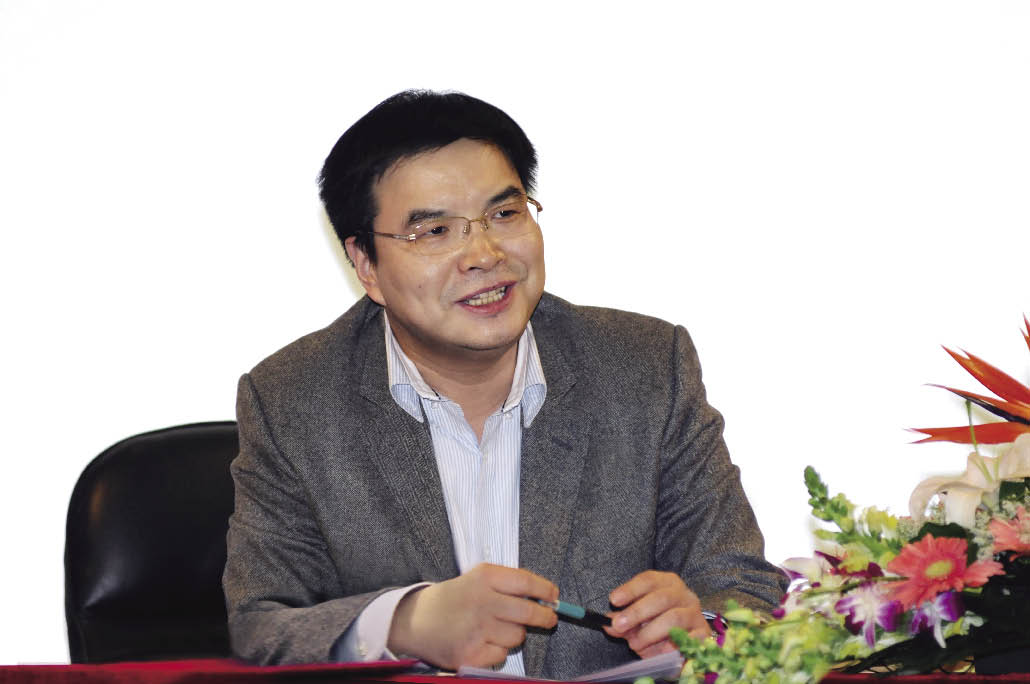| Is Yuan Appreciation Really the Cure?
By staff reporter ZHAO DAN
On March 11, 2010, in his speech to the Import-Export Bank’s annual conference, U.S. President Barack Obama urged the Chinese government to allow the RMB (yuan) to rise against the U.S. dollar. It was the second time this year that the U.S. has exerted pressure on this issue, following President Obama’s call in February for China to allow the RMB to strengthen.
On top of that, in a letter to the U.S. Secretary of the Treasury and Secretary of Commerce, 130 congressmen urged the government to cite China as a currency manipulator. Though Treasury Secretary Timothy F. Geithner delayed a scheduled April 15 report on exchange rate policies, this does not mean the U.S. will stop pressing China to move toward a more flexible yuan.
In his State of the Union address in January, President Obama set the goal of doubling U.S. exports over the next five years. Would yuan appreciation help achieve this goal? To answer this question, China Today (CT) interviewed Zhao Zhongxiu, dean of the School of International Trade and Economics (SITE) of the Beijing-based University of International Business and Economics (UIBE).
 |
|
Zhao Zhongxiu, dean of the School of International Trade and Economics (SITE) of the Beijing-based University of International Business and Economics (UIBE). |
Discrepant Statistics
CT: What is the overall trade situation between China and the United States, and how big exactly is the U.S.-China trade deficit?
Zhao Zhongxiu: The U.S.-China trade deficit generally refers to trade in goods. Though China did maintain a surplus with the U.S. from 1985 to 2009, the figure is actually much smaller than what U.S. statistics show. For example, according to U.S. statistics, China’s trade surplus with the U.S. stood at US $258.506 billion in 2007, US $268.040 billion in 2008, and US $226.826 billion in 2009. However, Chinese data put these figures at US $162.9 billion, US $170.829 billion, and US $143.444 billion respectively.
The difference may be due to the following reasons:
First, some export goods are first shipped from China’s mainland to Hong Kong or other places before reaching the American market. In the course of transit, goods are often repackaged, thereby producing added value.
Such goods are declared to the Chinese customs as exports to entrepots. However, the United State counts them as imports from China’s mainland according to rules of origin.
Before the huge growth of transnational investment, rules of origin (place of production) and rules of ownership (country owning the product) were both used as a basis of calculation, but these days it is rules of origin that are applied. As a result, products manufactured by foreign companies in China are counted into China’s exports. Motorola is a case in point. Their cell phones made in China and sold within China’s territory are reckoned neither as U.S. exports to China nor as China’s imports from the U.S. But they are counted into China’s exports when sold to the U.S. and other countries. Automobile sales encounter a similar problem: Japanese cars made in China and exported to the U.S. are counted as Chinese exports.
The latest figures from the Chinese Ministry of Commerce show that 55.2 percent of China’s combined import and export value and 55.9 percent of its export value were produced by foreign-invested companies in the nation. In a breakdown review, 83 percent of high-tech and 75 percent of electronic exports were produced by multinational corporations in China. In particular, foreign-invested enterprises were responsible for more than 90 percent of high-tech product exports to the U.S. If calculated using the rules of ownership, the U.S.-China trade deficit would be just one quarter of the current figure published by the United States.
Another reason for the difference is that more than 60 percent of the products that China exports to the U.S. come from processing trade. The export price of such products in China is different from the import price in the U.S. For instance, a Barbie doll made in China is sold at US $9.99 on the U.S. market. Its export price in China is US $1, but the price rises to US $3 when it enters the United States. However, the charges for transportation, insurance and other services do not actually accrue to the Chinese manufacturer.
In addition, differences in defining statistical areas and dates of transport that span two years may also contribute to the discrepancy.
CT: Apart from trade in goods, what is the situation with China-U.S. trade in services?
Zhao Zhongxiu: The United States has maintained a surplus with China in services trade such as transportation, finance, IT, tourism and so on.
The complementary nature of trade between China and the U.S. reflects their different levels of economic development and different economic structures. That complementarity, however, is hampered by trade policies. For reasons of national security, the U.S. imposes rigid restrictions on the export of high-tech products to China. On the other hand, it is keen to open up the Chinese market for its agricultural products. But trade in agricultural products involves a state’s food supply security and is often cautiously controlled whatever the country. In other words, bilateral trade in these two fields is not levered by the market mechanism pure and simple.
Restrictive measures, if inevitable, have to be kept within a reasonable extent. Excessive restriction surely impairs regular trade. In 2001, China purchased 18.3 percent of its high-tech product imports from the U.S., but the proportion fell to 8 percent in 2008. The U.S. government has realized the problem and President Obama intends to reappraise its export policy.
| 